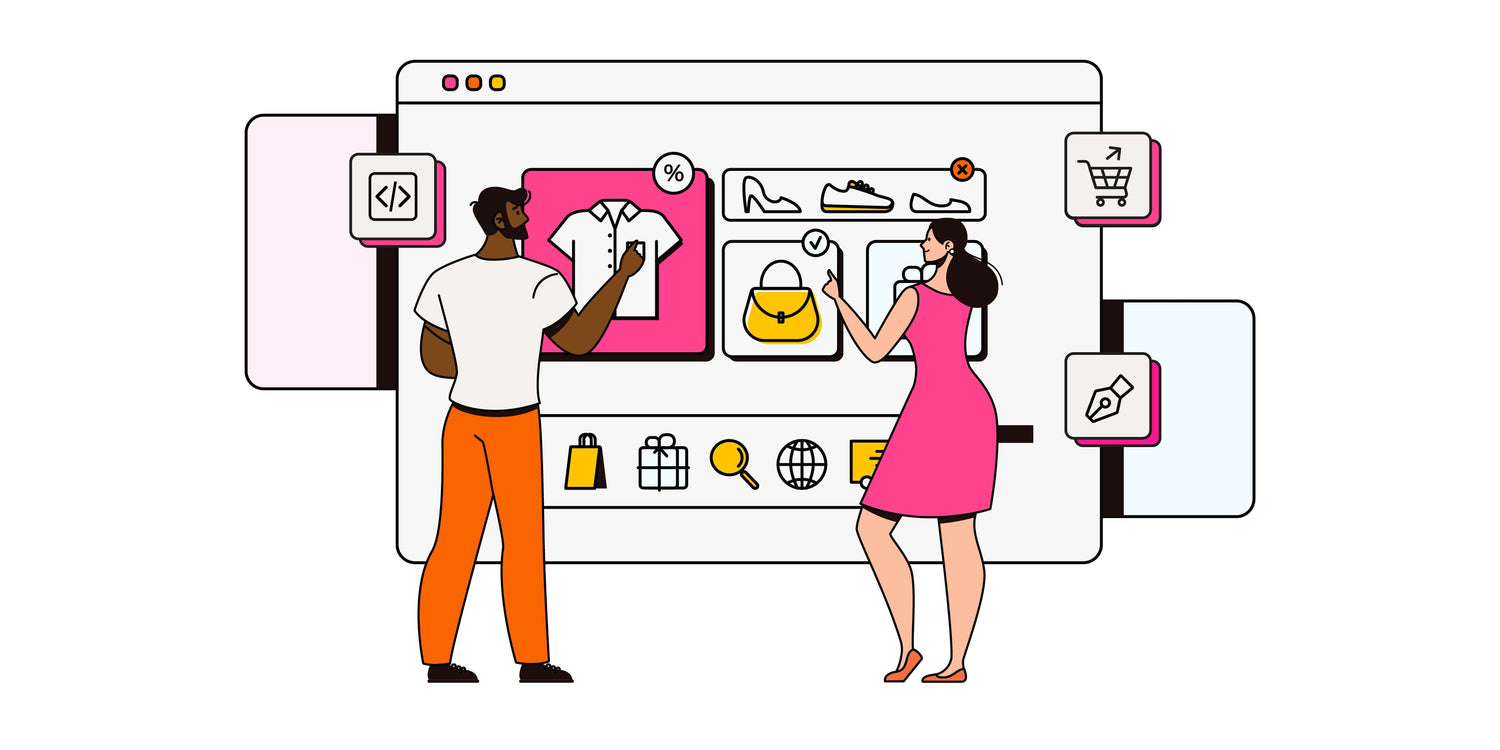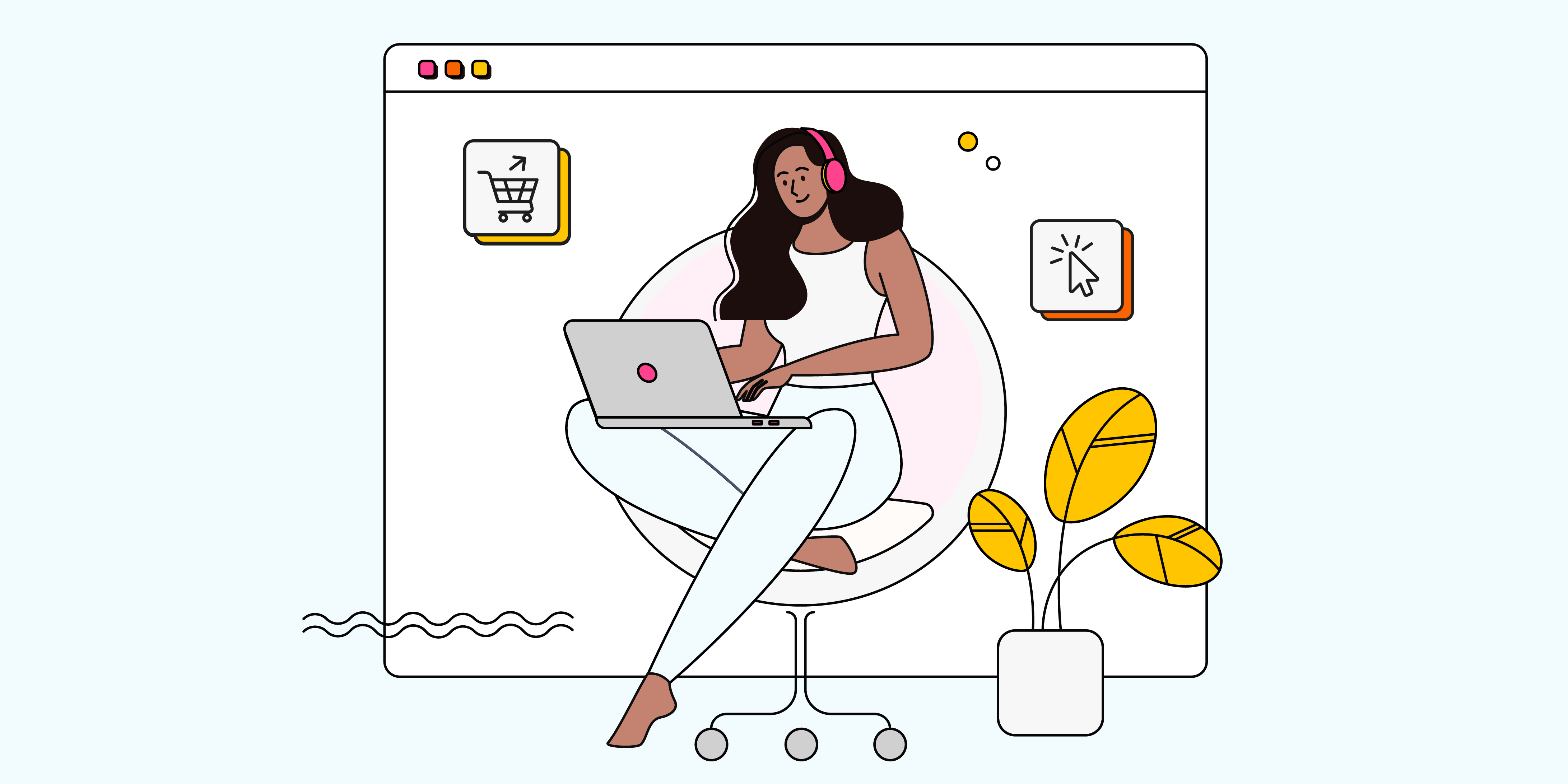In the world of eCommerce, first impressions are crucial. Your store's Shopify theme is often the first thing customers notice, and it plays a significant role in shaping their experience. A well-designed theme not only attracts visitors but also keeps them engaged, ultimately leading to more conversions. In this guide, we'll explore the essentials of Shopify theme development, from understanding its importance to practical tips for creating and customizing your own theme.
Why Shopify Theme Development Matters
Enhances Brand Identity
Your store's Shopify theme is a reflection of your brand. It sets the tone for your online presence and helps you stand out in a crowded market. A unique and well-designed theme can communicate your brand's values, story, and style, making it easier for customers to connect with your business.
Improves User Experience (UX)
A seamless and intuitive user experience is key to retaining customers and driving sales. Shopify themes are not just about aesthetics; they're also about functionality. A well-structured theme ensures that your store is easy to navigate, products are easy to find, and the checkout process is smooth and hassle-free.
Boosts Conversion Rates
A professionally designed Shopify theme can significantly impact your store's conversion rates. By using UX best practice design elements, clear calls-to-action (CTAs), and an optimized layout, you can guide customers through the purchasing process and encourage them to complete their orders.
Key Elements of a Shopify Theme
Homepage Layout: The homepage is the first page visitors see. It's crucial to have a clean, organized layout with easy navigation, featured products, and a compelling hero image or banner.
Product Pages: Product pages should provide detailed information, high-quality images, and customer reviews. They should also have clear CTAs, such as "Add to Cart" or "Buy Now," located above the fold.
Collection Pages: These pages display a group of related products. A well-designed collection page makes it easy for customers to browse and find what they're looking for.
Navigation: A simple and intuitive navigation menu helps customers find products quickly. Include a search bar, categories, and subcategories for easy access.
Footer: The footer should contain essential links like contact information, social media links, and policies (shipping, returns, etc.).
Tools and Technologies for Shopify Theme Development
Shopify's Liquid Template Language
Liquid is Shopify's template language, used to create dynamic and customizable themes. It's an open-source language created by Shopify, and it's essential for anyone looking to develop or customize a Shopify theme. Liquid allows you to access store data, such as product information and customer details, and display it dynamically on your website.
HTML, CSS, and JavaScript
Understanding HTML, CSS, and JavaScript is crucial for Shopify theme development. HTML structures your content, CSS styles it, and JavaScript adds interactivity. Together, these technologies enable you to create visually appealing and functional themes.
Shopify Theme Kit
Shopify Theme Kit is a command-line tool that helps developers build Shopify themes. It provides a streamlined workflow, allowing you to watch changes, upload files, and even work on multiple themes at once. It's an invaluable tool for developers looking to create or modify Shopify themes efficiently.
Best Practices for Shopify Theme Development
Mobile Responsiveness: With a growing number of customers shopping on mobile devices, it's essential to have a mobile-responsive theme. Ensure your theme looks and functions well on all screen sizes.
Page Speed Optimization: A slow website can deter customers. Optimize your theme's images, minimize CSS and JavaScript files, and use efficient coding practices to ensure fast load times.
SEO Optimization: Implement SEO best practices in your theme's design, such as using clean URLs, meta tags, and structured data. This helps improve your store's visibility on search engines.
Accessibility: Ensure your theme is accessible to all users, including those with disabilities. This includes using proper heading structures, alt text for images, and keyboard navigation support.
Testing and Debugging: Thoroughly test your theme across different devices and browsers to identify and fix any issues. Use Shopify's preview and testing tools to check for performance and compatibility.
In Conclusion...because it's Time to Wrap it Up
Shopify theme development is a crucial aspect of building a successful online store. A well-designed theme enhances your brand identity, improves user experience, and boosts conversion rates. By understanding the key elements of a theme, utilizing the right tools and technologies, and following best practices, you can create a stunning and effective Shopify store.
Whether you're a developer or a store owner, investing time and effort into theme development can pay off significantly. If you need help with Shopify theme development or customization, don't hesitate to reach out to professionals who can guide you through the process and help you achieve your eCommerce goals.




